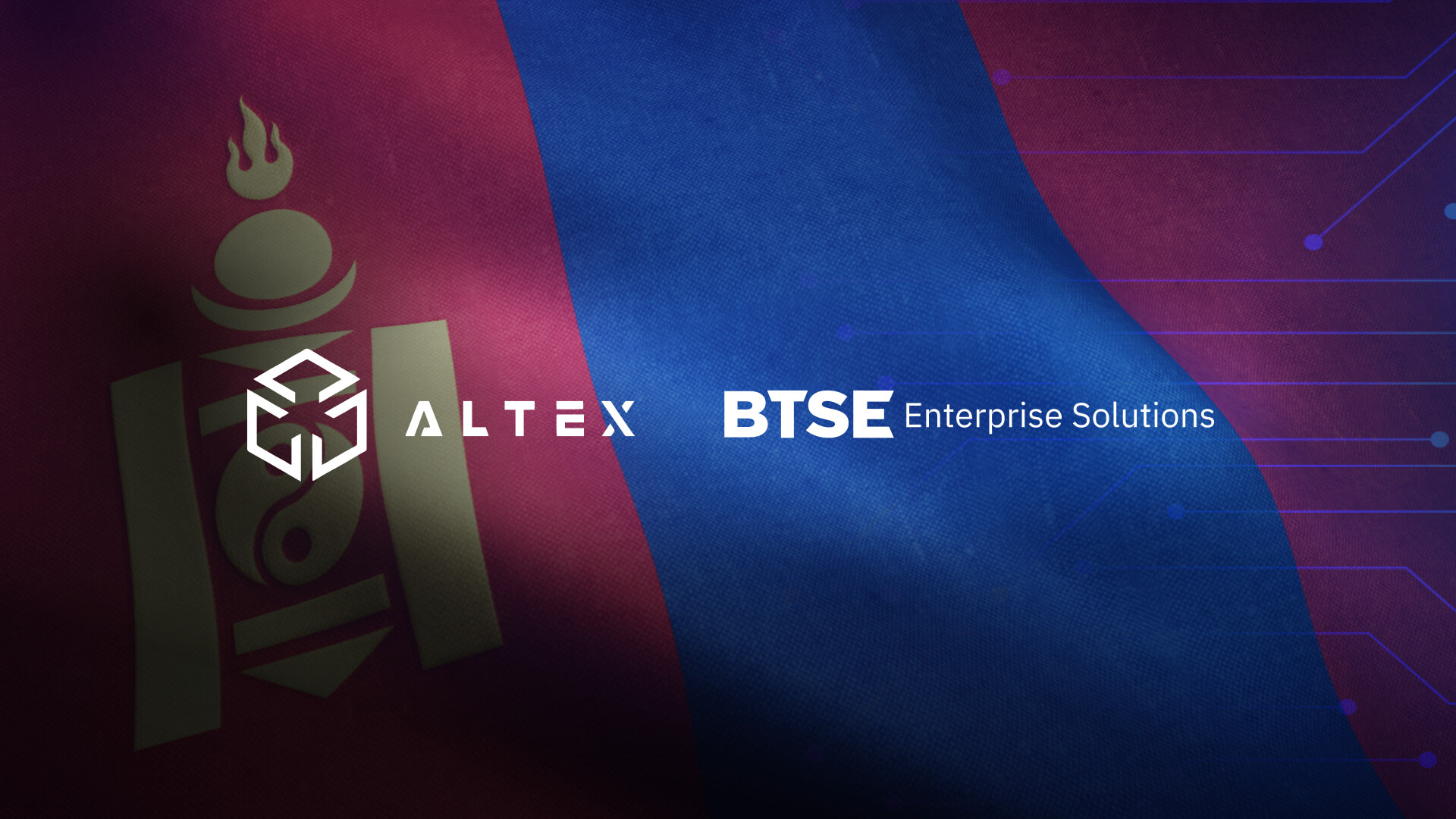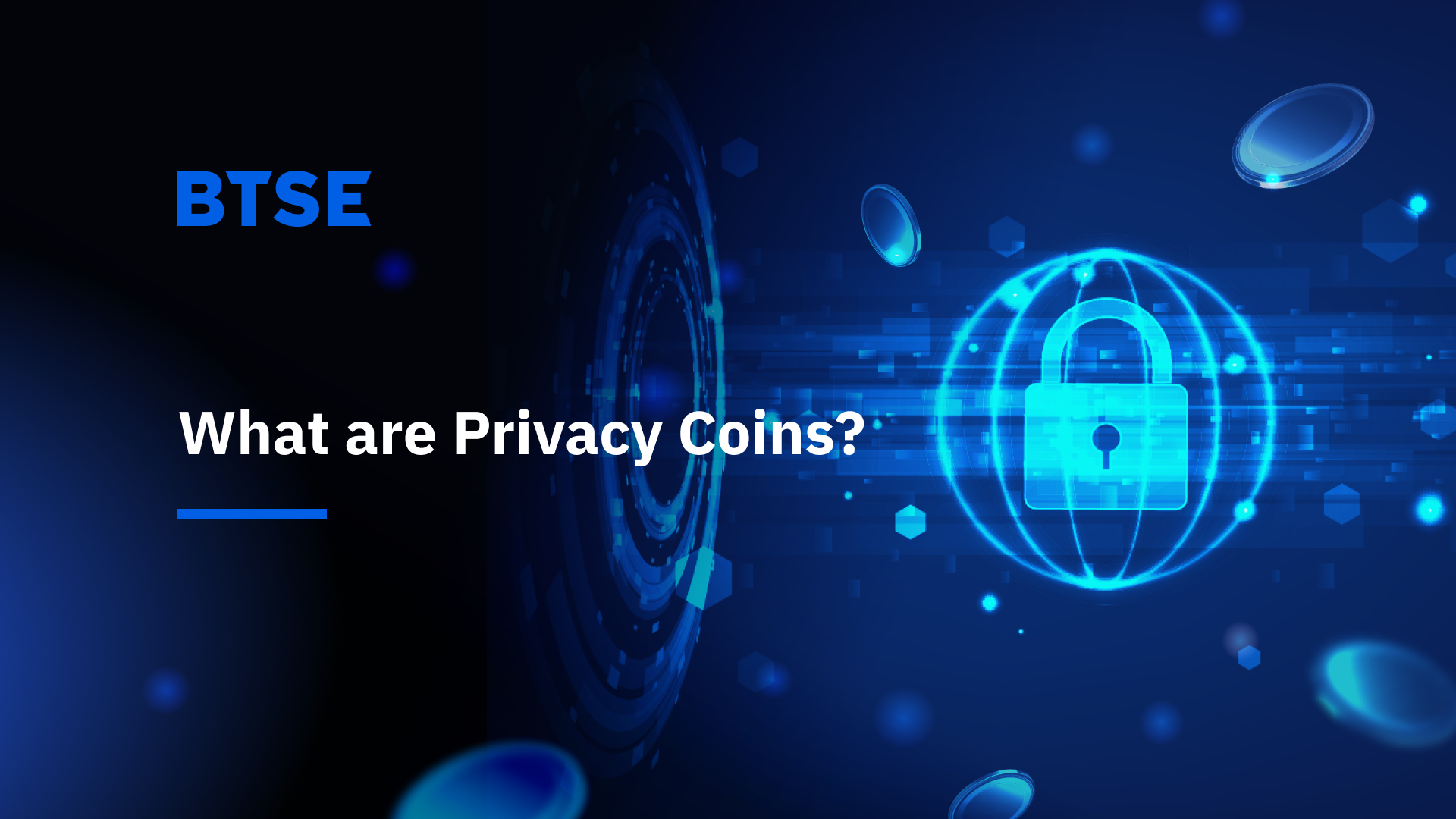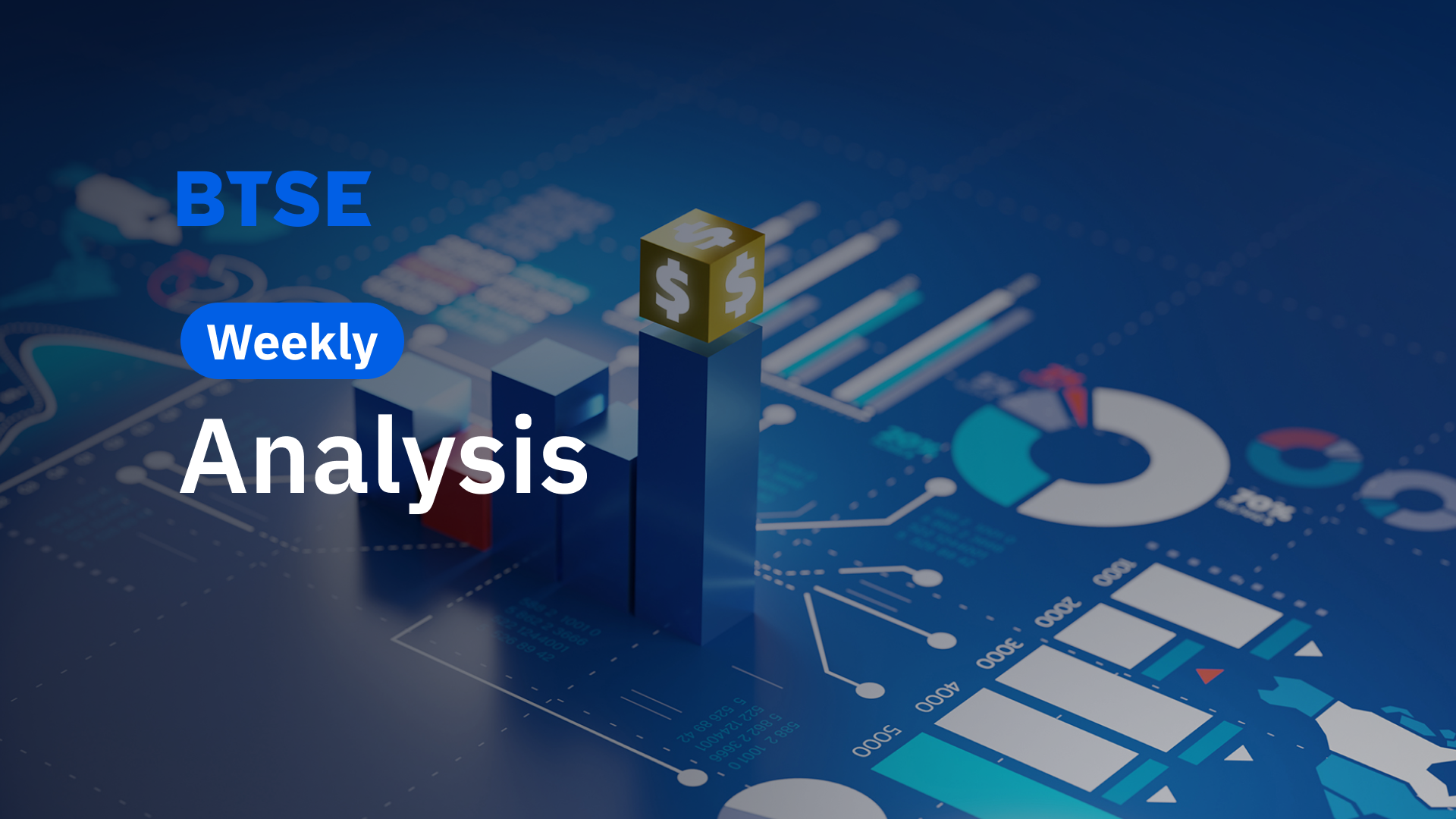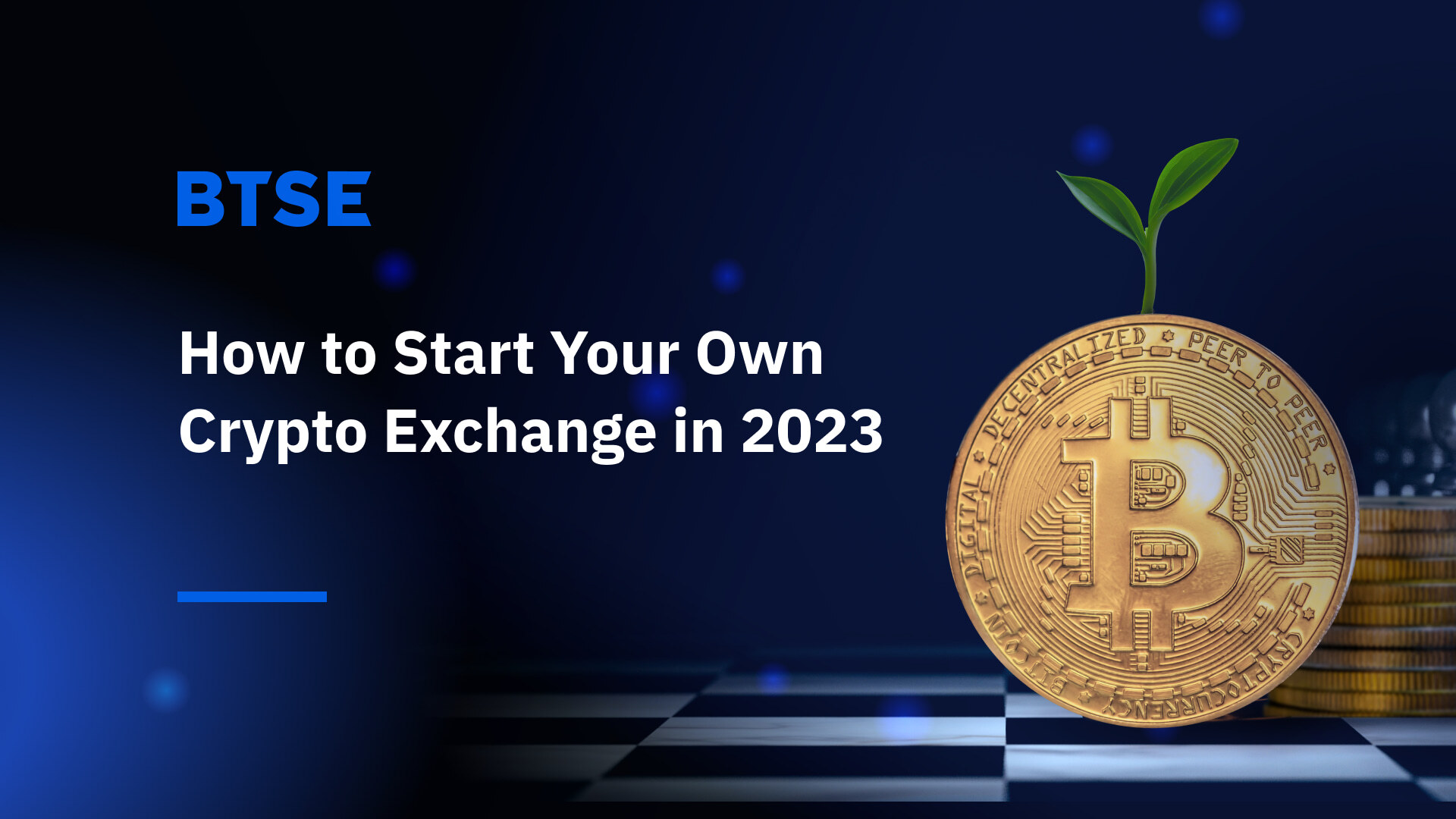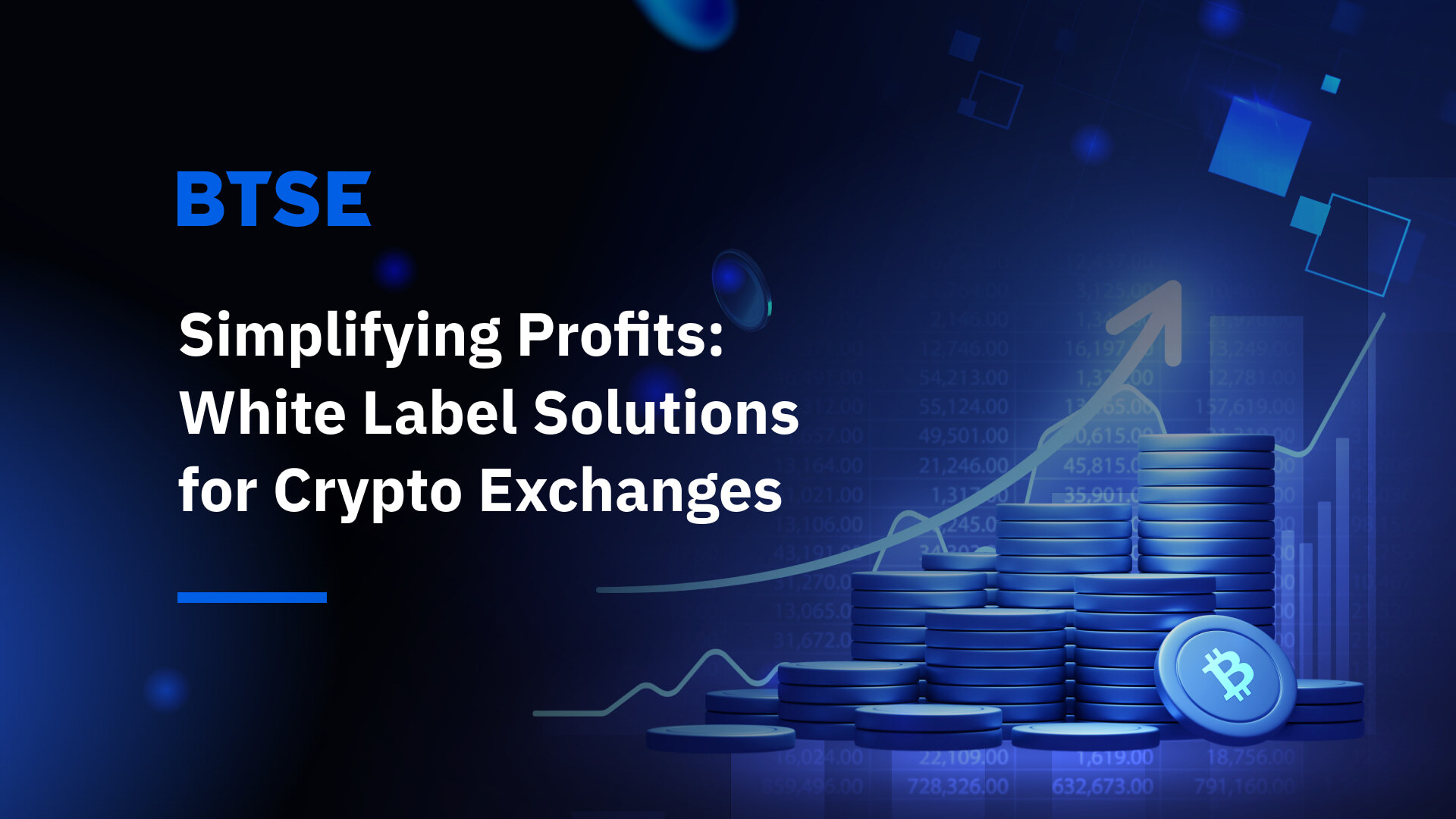23 5 月, 2023
Navigating Web 3.0: The Future of the Internet
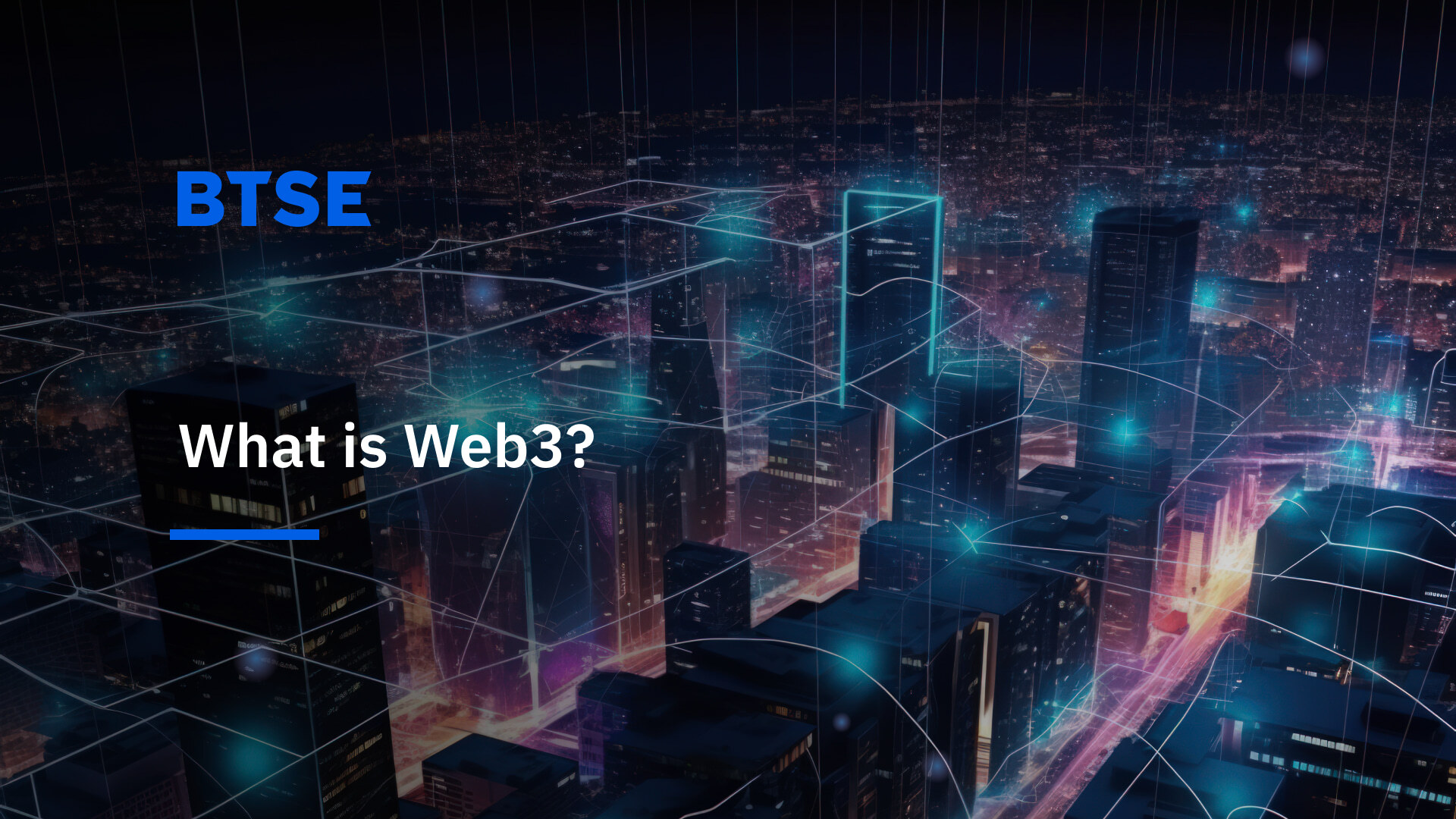
1. Introduction to Web 3.0
Welcome to the future of the internet – the realm of Web 3.0. For the uninitiated, the journey of the internet began with Web 1.0, the era of read-only web pages where users were mere consumers of information. The advent of Web 2.0 transformed users into contributors, enabling interactivity and the birth of social networks. Now, as we step into the era of Web 3.0, we’re talking about a smarter, semantic web, which uses AI to understand and process data. The promise? A more connected, intelligent, and personalized digital experience.
In the world of Web 3.0, or “Web3” as it’s popularly known, the internet becomes decentralized, similar to a vast, global database. Here, machines can interact with each other with less human intervention, giving rise to a whole new world of possibilities in the form of smart contracts, blockchain, and decentralized finance (DeFi).
2. Key Components of Web 3.0
Artificial Intelligence (AI)
AI is not a stranger to us anymore. From personal assistants like Siri and Alexa to recommendation algorithms on Netflix and YouTube, AI is already a part of our daily lives. But in the context of Web 3.0, AI goes a step further. It’s not just about making our lives more convenient; it’s about making the internet more efficient and intelligent. AI enables machines to understand the data they process, make connections and provide a personalized user experience. In Web 3.0, AI will make the internet more than just a hub of information; it’ll be a space where every interaction is tailored to individual users.
Semantic Web
While AI is the brain of Web 3.0, the Semantic Web provides the language it speaks. The Semantic Web is about making data on the internet understandable not just to humans, but to machines as well. It uses structured data, which includes clear definitions of data and their relationships, making it possible for machines to understand the content, context and meaning of web content. This unlocks a whole new level of personalization and efficiency in how we interact with the internet.
Decentralization and Blockchain
Web 3.0 is also synonymous with decentralization. But what does that mean? Instead of data being controlled by a few central authorities, it is distributed across a network, ensuring that no single entity has complete control. This democratization of the web is powered by blockchain technology.
Blockchain is a digital ledger where transactions are recorded in a transparent, secure and immutable manner. This decentralization brought about by blockchain forms the backbone of Web 3.0, paving the way for peer-to-peer interactions, secure data storage and transfer, and a shift in control back to the users. You can learn more about blockchain and its applications in BTSE’s comprehensive guide.
3. Blockchain, Digital Assets, and Smart Contracts
No discussion of Web 3.0 would be complete without a deep dive into blockchain and digital assets. Blockchain is a decentralized ledger system that records transactions in a transparent and immutable way. It’s the technology that powers digital assets such as Bitcoin and Ethereum.
Digital Assets are a crucial part of the Web 3.0 landscape, providing a new form of digital currency that is decentralized, secure, and operates independently of traditional banking systems. They play a pivotal role in Web 3.0 applications, such as decentralized finance (DeFi), a system that aims to democratize finance by removing intermediaries from financial transactions. BTSE’s exchange platform is an example of a service leveraging this cutting-edge technology.
Smart contracts, another key concept in the world of Web 3.0, are self-executing contracts with the terms of agreement directly written into code. They automatically execute transactions when pre-set conditions are met, ensuring trust and eliminating the need for intermediaries. This innovation, powered by blockchain, opens up new avenues for business and commerce on the web.
4. The Rise of dApps, NFTs, and the Metaverse
The decentralized nature of Web 3.0 has given birth to decentralized applications, or dApps. These open-source applications leverage blockchain technology, operate autonomously, and their data is stored on a decentralized, distributed network. This ensures that no single entity has control, offering a new level of security and transparency.
Another fascinating development in the Web 3.0 era is the advent of non-fungible tokens (NFTs). NFTs are digital assets that represent ownership of a unique item or piece of content on the blockchain. From digital artwork to virtual real estate, NFTs are redefining the concept of ownership and value in the digital world. BTSE’s blog post “NFTs Unwrapped: Beyond the JPEG Money” provides an interesting deep-dive into this subject.
And then there’s the metaverse, a virtual world where users can interact with a computer-generated environment and other users. It’s like a 3D internet where you can explore virtual worlds, play games, socialize, and even conduct business. From Facebook’s rebrand to Meta, to the rise of virtual reality platforms, the metaverse is increasingly becoming a part of our digital future.
5. BTSE’s Role in the Web 3.0 Ecosystem
As we move towards this new internet era, BTSE is at the forefront of Web 3.0 solutions, providing businesses with the infrastructure and support they need to adapt and thrive. From building your own exchange platform, scalable payment gateways, secure e-custody solutions, to setting up your own NFT marketplace, BTSE provides a range of white label products tailored to your business needs.
With BTSE’s Wallet, you get the most secure and compliant e-custody solution in the market, backed by trusted third-party custodian partnerships. The modularized solutions are customizable and can seamlessly integrate with your existing infrastructure through secure and easy-to-use APIs.
Whether you are a newcomer or an established player in the digital space, BTSE provides first-hand experience and insights from running exchanges, along with 24/7 customer support, managed operations, and much more. The goal is to let BTSE handle the technology so that you can focus on what you do best.
Conclusion: Embracing Web 3.0
The transition to Web 3.0 is not just inevitable but essential. With its promise of a more intelligent and interconnected digital world, businesses must adapt to stay relevant. BTSE is your partner in this journey, providing the necessary infrastructure and support to thrive in the Web 3.0 era.
FAQs on Web 3.0 and BTSE
- What is Web 3.0?
- Web 3.0 is the latest internet evolution, focusing on decentralized, AI-driven, and personalized digital experiences.
- How does Web 3.0 differ from its predecessors?
- Unlike Web 1.0 and 2.0, Web 3.0 emphasizes decentralized data, AI, and user-tailored experiences.
- What role does BTSE play in Web 3.0?
- BTSE offers white label solutions for businesses to integrate into the Web 3.0 landscape, including exchange platforms and digital asset management.
- Are digital assets secure with BTSE Wallet?
- Yes, BTSE Wallet provides robust e-custody solutions, ensuring the highest security standards for digital assets.
- What makes BTSE unique in the Web 3.0 space?
- BTSE’s customizability, advanced technology, and comprehensive support make it a go-to partner for businesses venturing into Web 3.0.
